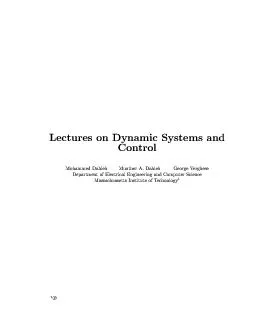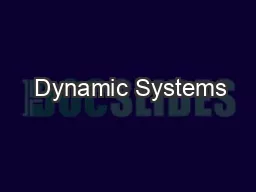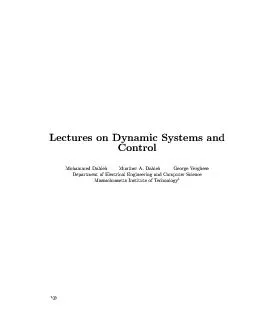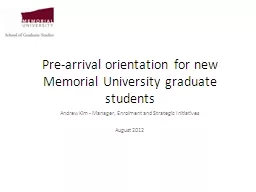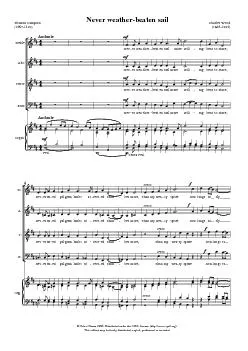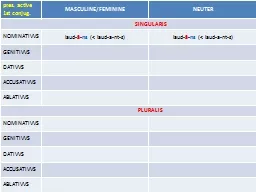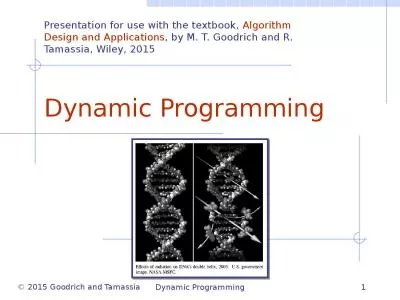PDF-Lectures on Dynamic Systems and Con trol Mohammed Dahleh Mun ther A
Author : alida-meadow | Published Date : 2014-12-18
Dahleh George erghese Departmen of Electrical Engineering and Computer Science Massac uasetts Institute of ec hnology brPage 2br Chapter 24 Observ abilit 241 In
Presentation Embed Code
Download Presentation
Download Presentation The PPT/PDF document "Lectures on Dynamic Systems and Con tro..." is the property of its rightful owner. Permission is granted to download and print the materials on this website for personal, non-commercial use only, and to display it on your personal computer provided you do not modify the materials and that you retain all copyright notices contained in the materials. By downloading content from our website, you accept the terms of this agreement.
Lectures on Dynamic Systems and Con trol Mohammed Dahleh Mun ther A: Transcript
Download Rules Of Document
"Lectures on Dynamic Systems and Con trol Mohammed Dahleh Mun ther A"The content belongs to its owner. You may download and print it for personal use, without modification, and keep all copyright notices. By downloading, you agree to these terms.
Related Documents

